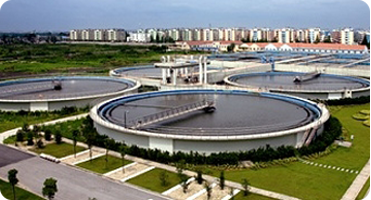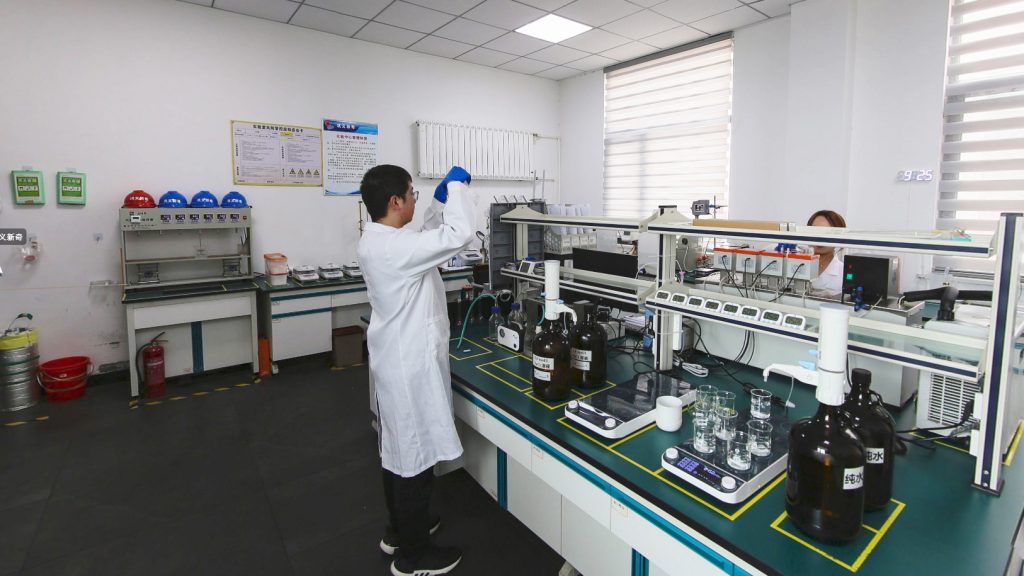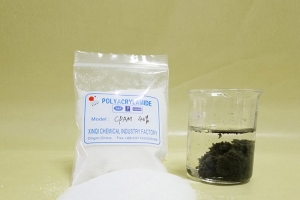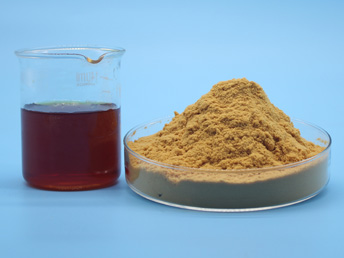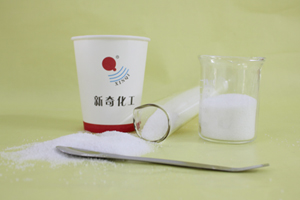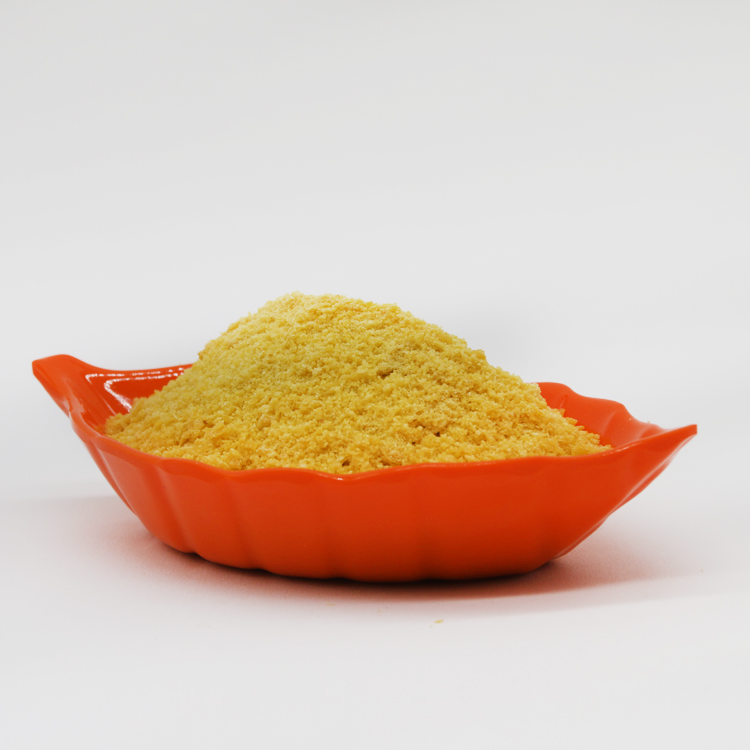Impact of polyacrylamide on the environment
Polyacrylamide is a polymer compound with strong adsorption performance and precipitation ability. It is widely used in water treatment, oil field development, pulp and paper, mineral processing and other fields. The production of polyacrylamide requires the use of some raw materials. This article will introduce the impact of polyacrylamide on the environment. Wastewater treatment refers …

